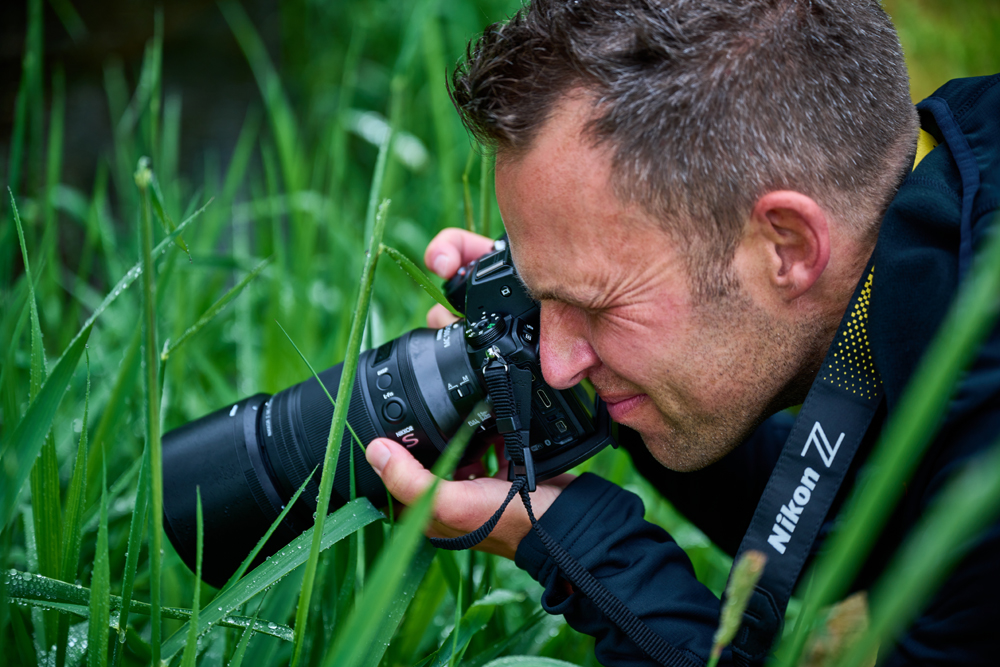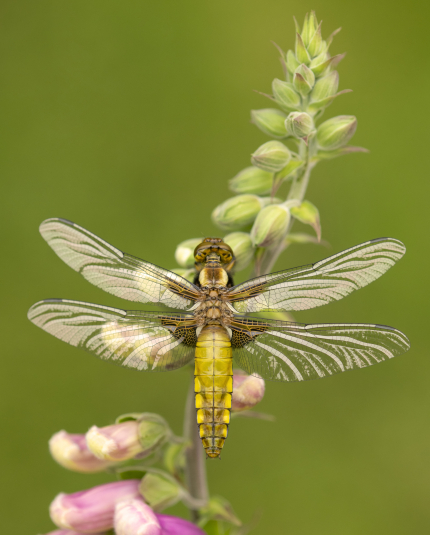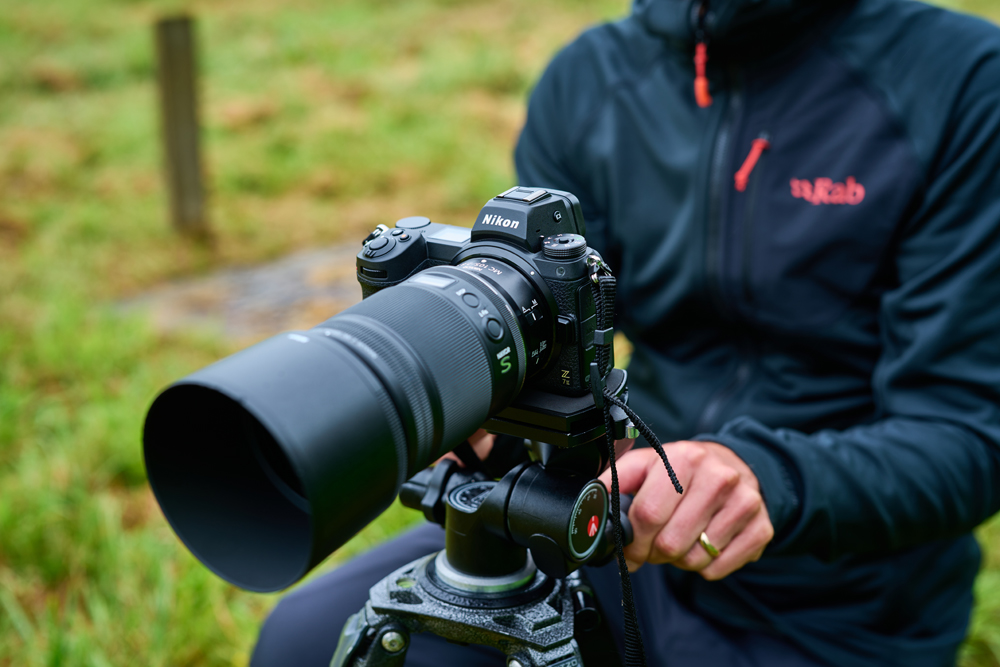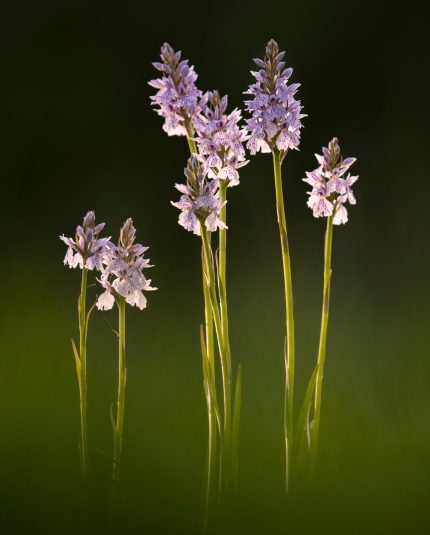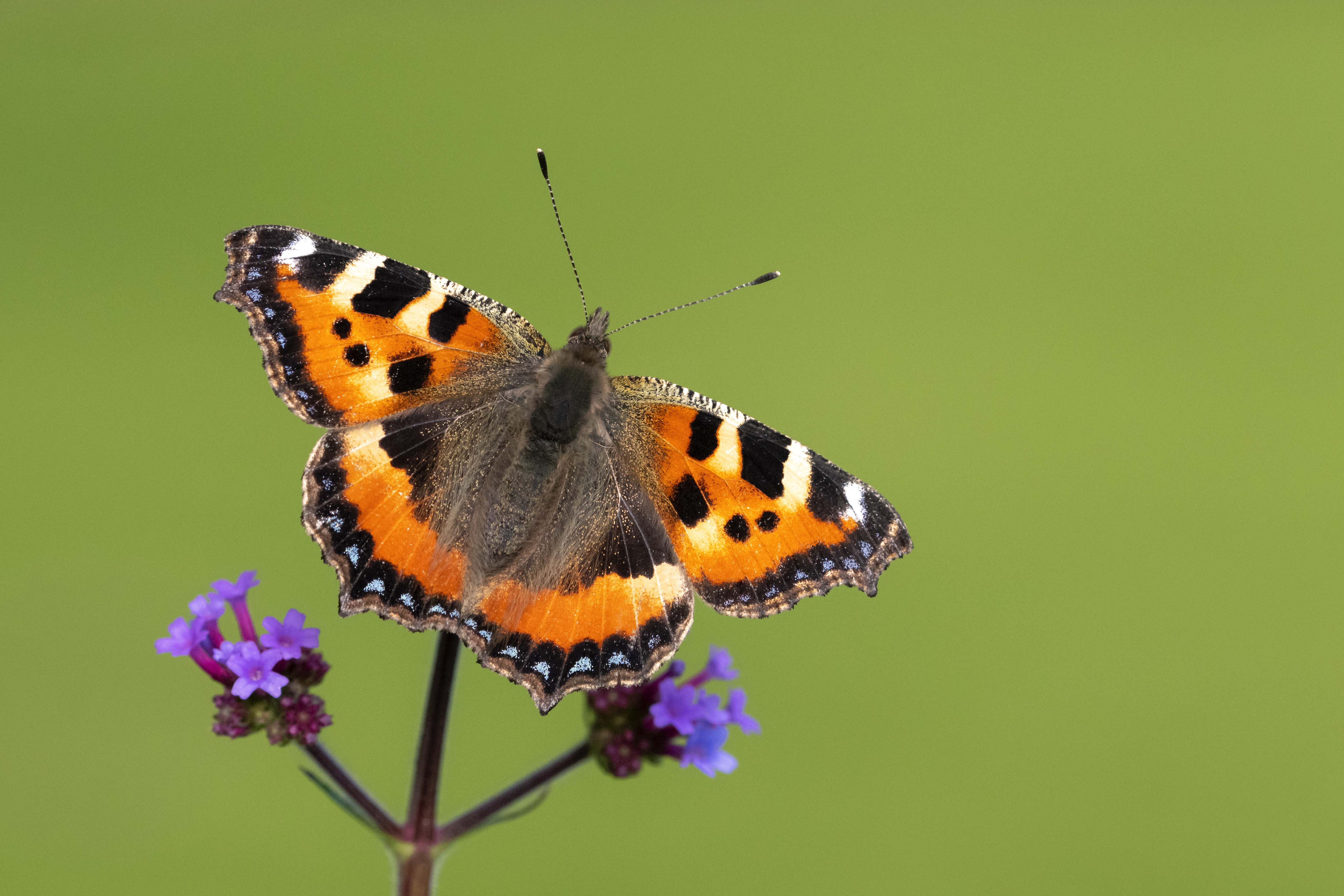1. Depth of field
With macro, depth of field is very shallow, but rather than seeing it as a problem, go for large apertures to manipulate it. This means focusing and positioning the camera very carefully. A lens has one plane of complete focus, so it’s vital to get your camera parallel to the subject, so as much of the subject falls within that plane to keep the critical areas sharp. If your camera has depth of field preview, this is really handy for checking subject focus. The latest Nikon Z cameras have focus shift capabilities – taking multiple frames and shifting the plane of focus on each one, to allow you to later blend them together and give you artificially extended depth of field. This technique is known as focus stacking and can be useful for other genres too, like landscapes.
2. Aperture priority
I tend to shoot in aperture priority for control over depth of field, but I focus manually rather than automatically, especially if I’m using the tripod, because it gives you extra precision at high magnification. Lenses tend to search anyway, so although they have limiters, I’d still rather do it manually as it’s more precise.
3. Autofocus area mode
You’re best sticking with single-point AF, as this gives you a single focus point you can move around the entire focusing area, with the sharpest part of the image being the area under this point – making it ideal for static macro subjects where sharpness is critical.
4. Exposure
Generally speaking, with exposure you probably won’t have to do anything. Nikon metering is so good that it rarely gets fooled. I do a lot of backlit shooting – I love the drama of it and the way it highlights shape and form – and even with backlit conditions, which are renowned for fooling metering systems, my cameras rarely get it wrong, perhaps half a stop at most. I keep an eye on my histogram, but I don’t generally ‘expose to the right’ for macro as this technique requires a slower shutter speed. This is fine for landscape but not for macro, where the slightest movement will ruin the shot, no matter if it is correctly exposed. I actually think exposing to the right is becoming less relevant as Nikon cameras are capturing so many tonal levels and the shadow detail is so good that you generally don’t need to worry about pushing exposure as much as we did a few years ago.
5. White balance
I normally shoot with daylight white balance rather than automatic. Auto is normally pretty accurate and reliable, but with macro you often have a scene dominated by one colour, which the camera tries to neutralise, so it’s more likely to get fooled with close-up situations than with a general scene. When you shoot RAW it’s not massively important as you can fine-tune it later on, but it’s always good practice to get things looking right in camera, so I go with daylight white balance as I know where I am with it, it’s constant, and I rarely have to tweak it afterwards.
6. Metering
I always use matrix metering – you’ll never be far off with it and you can always apply compensation. There might be situations where spot-metering would be more precise, but it’s often just as quick to apply any fine-tuning afterwards; certainly for the subjects I shoot, matrix is very reliable.
7. ISO
While it’s good practice to keep your ISO as low as possible, it’s far less of an issue with the latest Nikon cameras. With macro subjects, even the smallest wind movement causes a huge amount of problems. In order to freeze motion, especially early in the day or late in the evening when there isn’t a huge amount of light, compensating through higher ISO is a great option. It’s also useful when shooting handheld to offset your own movement. With both my Z 7II and D850, I am very comfortable shooting close-ups at ISO 3200, or even higher is necessary.
8. Back button focusing
For insects that are moving around, instead of using the shutter button for both focusing and shooting, you can instead use the shutter button just for image capture and transfer the focusing function to one of the back-plate buttons – the AF-ON button if your camera has one, or otherwise any programmable button such as AE-L /AF-L. By keeping the assigned button depressed in AF-C (continuous autofocus) mode, you can constantly focus on the subject under the active focus point(s), even at the point of capture.



